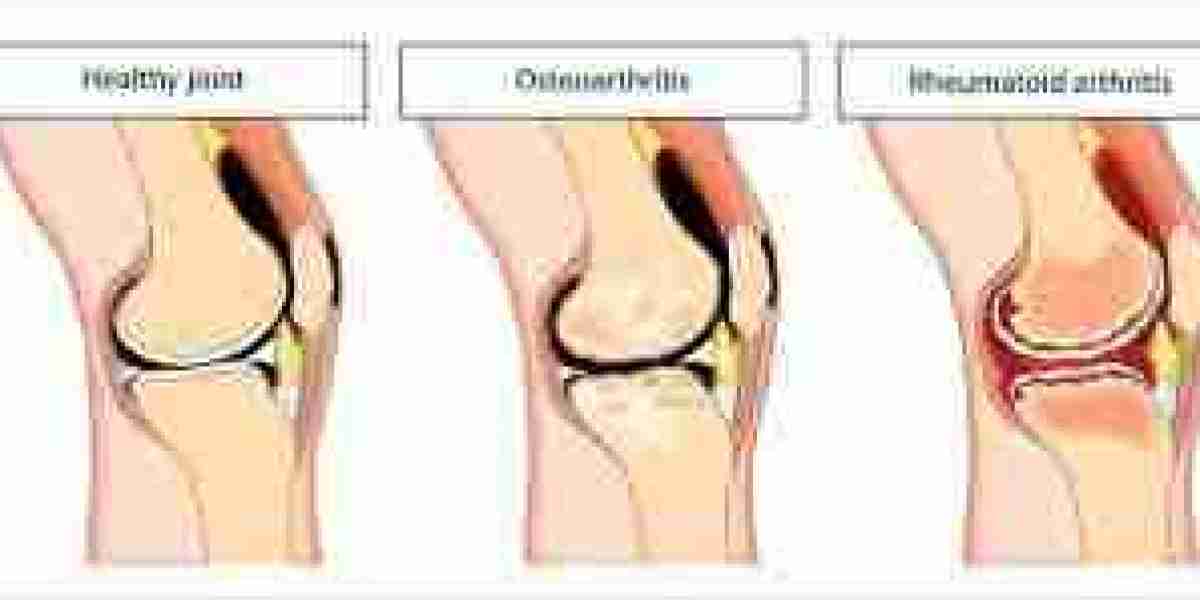Iron deficiency anemia is the most common type of anemia worldwide, affecting millions of people across all age groups. It occurs when the body doesn’t have enough iron to produce adequate levels of hemoglobin—a protein in red blood cells responsible for carrying oxygen throughout the body. Without enough oxygen, the body’s organs and tissues can’t function efficiently, leading to a range of symptoms that can affect quality of life.
Heamclas-FCM Injection (Ferric carboxymaltose) is an intravenous iron replacement product used to treat iron deficiency anemia, particularly when oral iron supplements are ineffective or cannot be used. This treatment is especially beneficial for patients with chronic kidney disease, heart failure, inflammatory bowel disease, and in postpartum women or those with heavy menstrual bleeding.
This blog explores the causes, signs, and treatment options for iron deficiency anemia, along with preventive measures you can take to maintain healthy iron levels.
What Is Iron Deficiency Anemia?
Iron deficiency anemia happens when iron stores in the body are depleted, leading to a reduced number of healthy red blood cells. Hemoglobin, which requires iron for its production, drops below normal levels, impairing the blood’s ability to carry oxygen.
Common Causes of Iron Deficiency Anemia
Several factors can lead to iron deficiency, including:
1. Inadequate Iron Intake
A diet low in iron-rich foods (like red meat, leafy greens, and legumes) can cause deficiency over time, especially in vegetarians or people with poor dietary habits.
2. Blood Loss
Loss of blood reduces iron stores. This can occur through:
Heavy menstrual periods
Gastrointestinal bleeding (from ulcers, hemorrhoids, or colon cancer)
Frequent blood donation or surgery
3. Poor Absorption of Iron
Even if you consume enough iron, conditions like celiac disease, Crohn’s disease, or gastric bypass surgery can impair absorption.
4. Increased Iron Needs
Pregnant women, growing children, and teenagers may need more iron due to rapid growth or fetal development.
Signs and Symptoms
Iron deficiency anemia often develops gradually, and symptoms may go unnoticed until the condition becomes more severe.
Common symptoms include:
Fatigue and weakness
Pale skin
Shortness of breath
Dizziness or lightheadedness
Cold hands and feet
Headaches
Brittle nails
Cravings for non-nutritive substances like ice, dirt, or starch (a condition known as pica)
In more severe cases, individuals may experience chest pain, rapid heartbeat, or difficulty concentrating.
Diagnosing Iron Deficiency Anemia
A simple blood test can diagnose iron deficiency anemia. Common diagnostic markers include:
Low hemoglobin and hematocrit
Low serum ferritin (indicating depleted iron stores)
Low serum iron and high total iron-binding capacity (TIBC)
Your doctor may also investigate underlying causes, especially in cases of unexplained bleeding or poor iron absorption.
Treatment Options
The primary goal of treatment is to restore iron levels and address the underlying cause.
1. Iron Supplements
Oral iron tablets are commonly prescribed to rebuild iron stores. Ferrous sulfate is the most frequently used form. It’s best taken on an empty stomach with vitamin C to enhance absorption, but some may need to take it with food to minimize stomach upset.
2. Dietary Changes
Include iron-rich foods such as:
Red meat, poultry, and seafood
Leafy greens like spinach and kale
Lentils, beans, and tofu
Iron-fortified cereals and grains
Pairing these with vitamin C-rich foods (like oranges, strawberries, or tomatoes) boosts iron absorption, while avoiding calcium and caffeine around mealtime can prevent interference.
3. Treating Underlying Conditions
In cases of gastrointestinal bleeding, menstrual issues, or chronic illness, treating the root cause is essential for long-term management.
4. Intravenous Iron Therapy
In severe cases or when oral supplements aren’t tolerated, IV iron therapy may be recommended under medical supervision.
Prevention Tips
Eat a balanced, iron-rich diet.
Women with heavy periods should monitor iron levels regularly.
Pregnant women should take prenatal vitamins with iron.
Children and adolescents should get regular checkups to monitor growth and nutrition.
Final Thoughts
Iron deficiency anemia is a manageable condition when detected early. With proper diagnosis, dietary adjustments, and medical treatment, most individuals can recover fully and lead healthy, active lives. If you’re experiencing persistent fatigue or other symptoms, consult a healthcare provider to get your iron levels checked.







